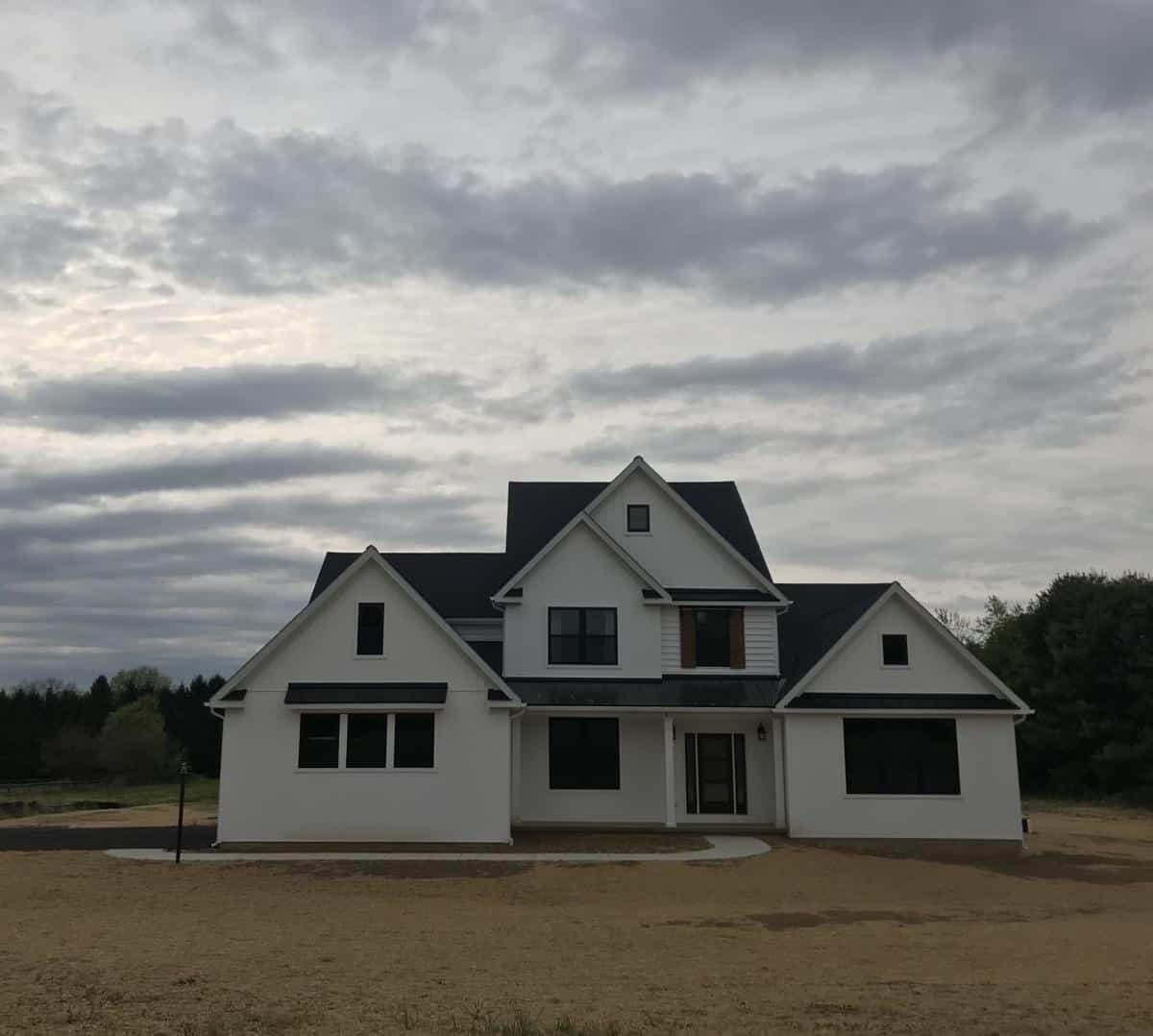With millions of baby boomers coming of retirement age over the next decade — at a rate of 10,000 per day, according to estimates — new-home builders are seeing the rise of a new trend: multi-generational housing.
Heather Ryan and Renee Pratt of Rotelle Studio, a custom home builder based in South Coventry Township, Chester County, have witnessed the scenario beginning to play out before their eyes.
Ryan, a home design consultant with a background in architecture, said she came upon the burgeoning trend five years ago as part of her ongoing industry research. It led her to design a smaller home, called the Transitions model, that would simultaneously target millennials as well as folks like her and her husband, who were at the stage where they were thinking about downsizing.
It included an optional first-floor addition that could serve as an in-law suite, complete with a living space, a master bedroom, a laundry closet, a small coffee bar and a bathroom large enough for a walk-in shower that could be handicapped accessible.
“It was interesting how the plan didn’t end up selling with as many extensions initially as I thought it would,” Ryan said, “but we had people asking for that add-on piece to add it to other plans.”
As more of their clients began exploring the multi-gen option, Ryan said they discovered that it wasn’t just appealing to millennials who were interested in creating a space where their parents could live. It worked the other way, too. Boomerang children who were maxed out on college loans were looking to move back in with their parents until they could establish their financial footing and purchase their own homes.
“Initially, it was probably majority economic decisions, as well as emotional — people wanting to take care of their parents,” she said.
Pratt, who is Rotelle’s chief designer and sales team manager, said she really noticed multi-gen housing becoming more popular about three years ago, when they built the Providence Pointe development in Collegeville. It had eight homes, and four of them ended up having in-law suites.
“They’re big homes — they’re all $800,000-plus,” she said. “That’s the first time we really started to see this uptick in multi-gen. But now, most recently, in our (Reserve at) Bally Springs development, we’ve done a number of in-law suites.”
In one case, she said, it wasn’t a parent moving in with a child, or vice-versa, but a sister occupying the in-law quarters so she could help with childcare. Having that extra helping hand — whether it be an aunt or grandparents — can be invaluable both in terms of savings on child-care and helping to offset mortgage expenses.
Another change Pratt is noticing is more new-home buyers are taking a long-term outlook. They are thinking about building a forever home, whereas when she got into new construction in the early 2000s, families were more inclined to think of their new homes in terms of a five-year investment.
For young home buyers, that forever-home thinking might involve planning ahead for the possibility that a parent will move in down the line, or it might involve wanting to have a first-floor master bedroom for themselves when they get older.
As a result, Pratt said, Rotelle’s latest model homes, like the Augusta Custom Farmhouse in Glenmoore, Chester County, have a master suite upstairs and another downstairs.
She said she has seen the demand shift toward bigger in-law suites. That initial Transitions add-on Ryan designed five years ago came in 300- and 500-square-foot options, but nowadays most people are going for 1,000 square feet, if you count the shared space with the main house.
As zoning restrictions have eased, they have been able to incorporate full kitchens into the designs, so that now, the in-law suites are akin to a nice-sized apartment.
“We try to keep in mind that these families still want to be somewhat separate,” Pratt said, “so we try to create a shared space or something that would divide the two homes, to make them feel like they’re in their own home.”
Ryan said she doesn’t see this trend subsiding any time soon. She recently read that within five years 30 percent of new construction would be multi-gen.
“And we’re probably there, or getting close,” she said. “We’re going to see more and more for a number of reasons, but one of the bigger ones — and I am a baby boomer — is we are all coming of age. Sixty-four million baby boomers will be retiring in the next five years.”
Throw in the coronavirus pandemic and how it has kept families apart from each other for months, and she sees the multi-gen trend blossoming even beyond the estimates.
She cited two reasons: one, if your parents live with you, in the event of another pandemic, they can be part of your quarantine; and two, the pandemic could have an economic fallout that compromises baby boomers’ retirement savings, along the lines of what happened during the 2008 financial crisis.
“All of a sudden, with those two things shifting together, there’s no end in sight, as far as I’m concerned, about the cohabitation (trend),” Ryan said.
The great thing, she said, is that both generations benefit in a pay-it-forward kind of way: The older generation helps the younger buy a house, and the younger generation helps the older be able to afford retirement.
“There’s less expense for either side — win-win,” she said. “Both generations feel like they are doing something for the other.”

